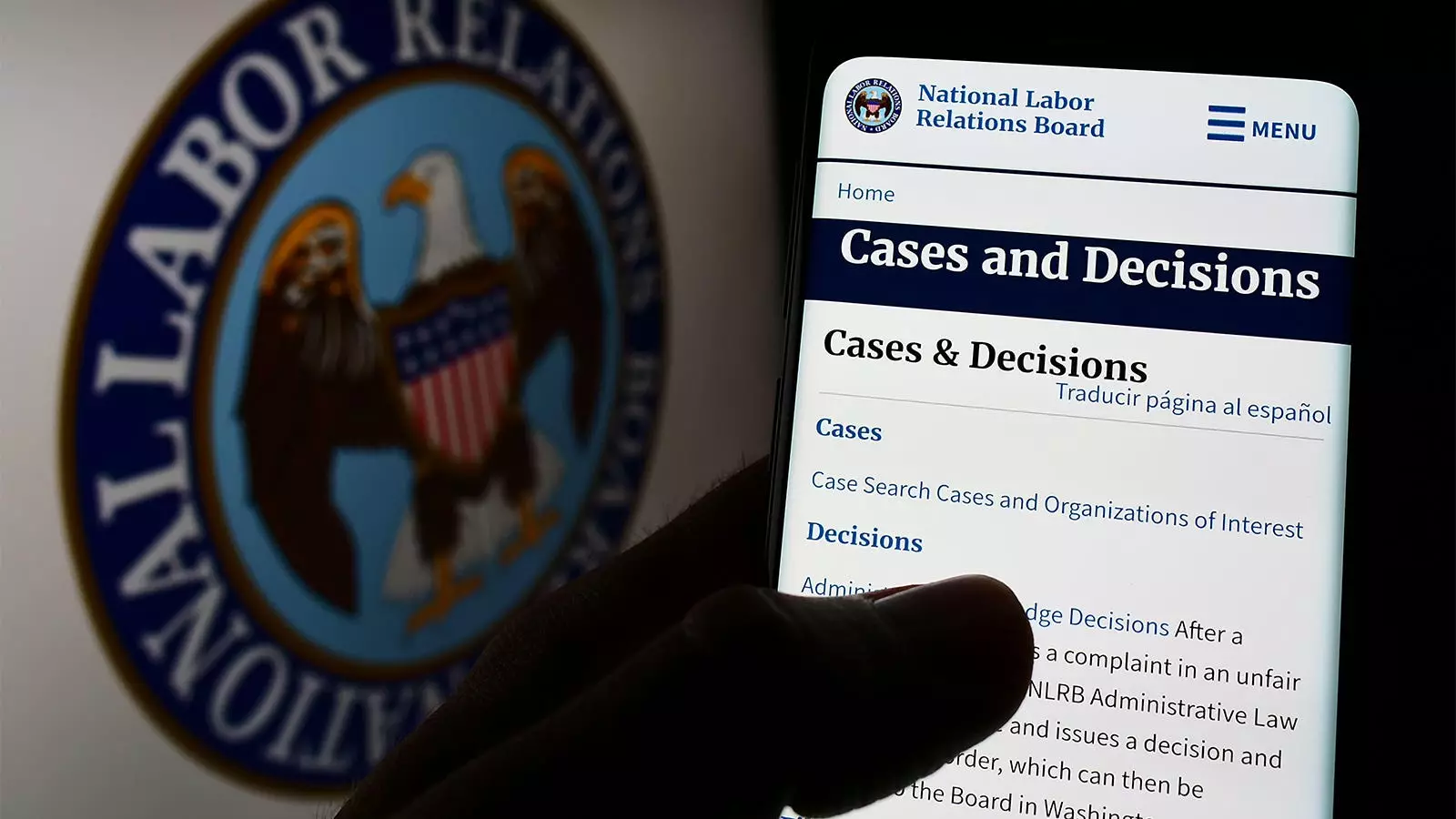The recent increase in union petitions among physicians during the 2023-2024 period marks a significant shift in the bargaining landscape of the healthcare industry. According to data released by the National Labor Relations Board, union petitions were overwhelmingly more prevalent compared to the previous two decades, highlighting a growing trend among medical professionals to seek collective bargaining as a means to address their concerns. This article dissects the implications of these trends, the motivations behind them, and the overall significance of unionization within the healthcare sector.
In a comparative analysis, 77 union petitions were filed in the span of 2023-2024, a stark increase from the 44 petitions recorded from 2000 to 2022. This translates to an average annual petition filing rate of 23.3 during the recent period, up from a mere 2.1 in the earlier timeframe. Such figures, reported by Stanford University’s Kevin Schulman, MD, alongside other researchers, underscore the urgency and heightened interest in union organization amongst medical professionals, particularly as more than half of physicians are now employed by hospitals.
When examined deeper, the data reveals a success rate in union certification efforts, where 41 of the 66 finalized petitions were successful. This includes 24 successful certifications out of 44 petitions from 2000 to 2022, and 17 out of 22 between 2023 and 2024. The implications of these trends are profound, indicating not just a desire for labor organization among physicians but also a growing acceptance of unions as legitimate instruments for collective negotiation.
The motivations leading to the surge in union petitions are both revealing and concerning. A detailed analysis of 26 of the 33 petitions indicated that a staggering 85% were prompted by unfavorable working conditions. Issues such as lack of voice in decision-making (81%) and concerns over patient care quality (54%) further motivated these actions. Alarmingly, financial compensation emerged as a minor concern, only representing a single cited reason behind the petitions.
Schulman articulates this need by noting, “As consolidation of the healthcare market progresses, physicians find themselves increasingly disenfranchised from governance roles.” The evolution of healthcare into a more corporate structure often leaves clinicians grappling with reduced autonomy, leading to calls for organized representation. This shift toward collective bargaining offers physicians a structured avenue to regain a degree of control over their work environments and professional responsibilities.
Another notable aspect of this phenomenon is the geographical concentration of union activities. A predominant share of the petitions—43 out of 77—came from the western states, particularly California, Oregon, and Washington. This suggests a regional awareness and perhaps a robust framework for union support in those areas, raising questions about how socio-economic and political climates in different states influence labor movements within healthcare.
Petitions were filed against a diverse array of employers, pointing to an urgent need for dialogue in varying healthcare settings. The data reflects a significant percentage filed against hospitals (49%) and a substantial proportion against community health centers (38%). This diversity in targets indicates that the issues prompting these petitions are not confined to one specific type of employer but resonate across different sectors within the healthcare ecosystem.
While the findings present a robust overview of the rising trend in physician unionization, certain limitations exist within the study. Notably, the data does not consider public-sector physician unions or those recognized voluntarily by employers. Furthermore, statements made to media representations, driven by public relations strategies, may not fully encapsulate the genuine motivations behind the unionization efforts.
Nonetheless, Schulman and his colleagues provide a compelling case for understanding these developments. The data sourced from the National Labor Relations Board sheds light on a critical moment in healthcare labor relations—a moment defined by a necessity for collective action.
The increase in union petitions among physicians indicates a pivotal change in the relationship between healthcare professionals and their employers. As the industry grapples with ongoing challenges around governance, workflow, and patient care, the rise of unions as a mechanism for collective bargaining could reshape the future of medical professions. As we advance, the role of unions will likely evolve, and so too will the strategies employed by physicians to advocate for their rights and roles within the healthcare system. This shift could potentially lead to significant reforms that benefit the healthcare workforce and, ultimately, the patients they serve.

